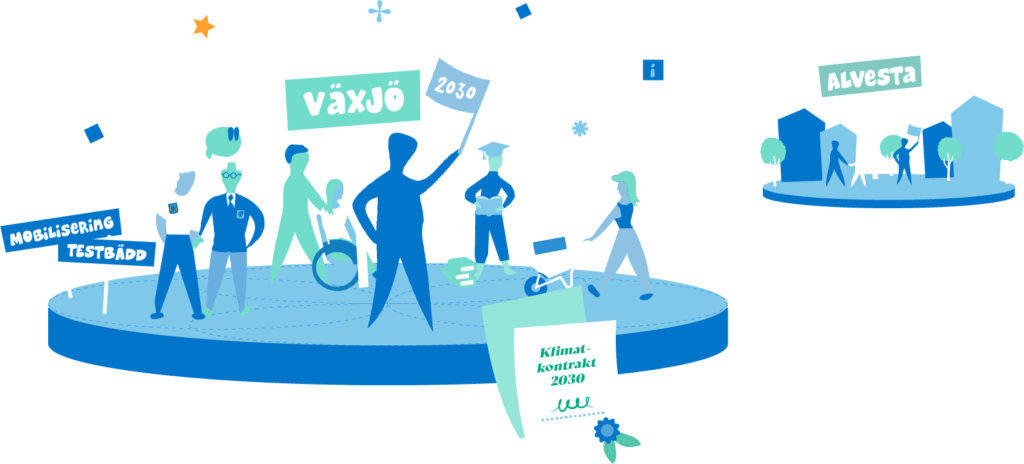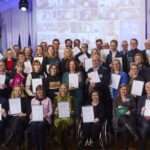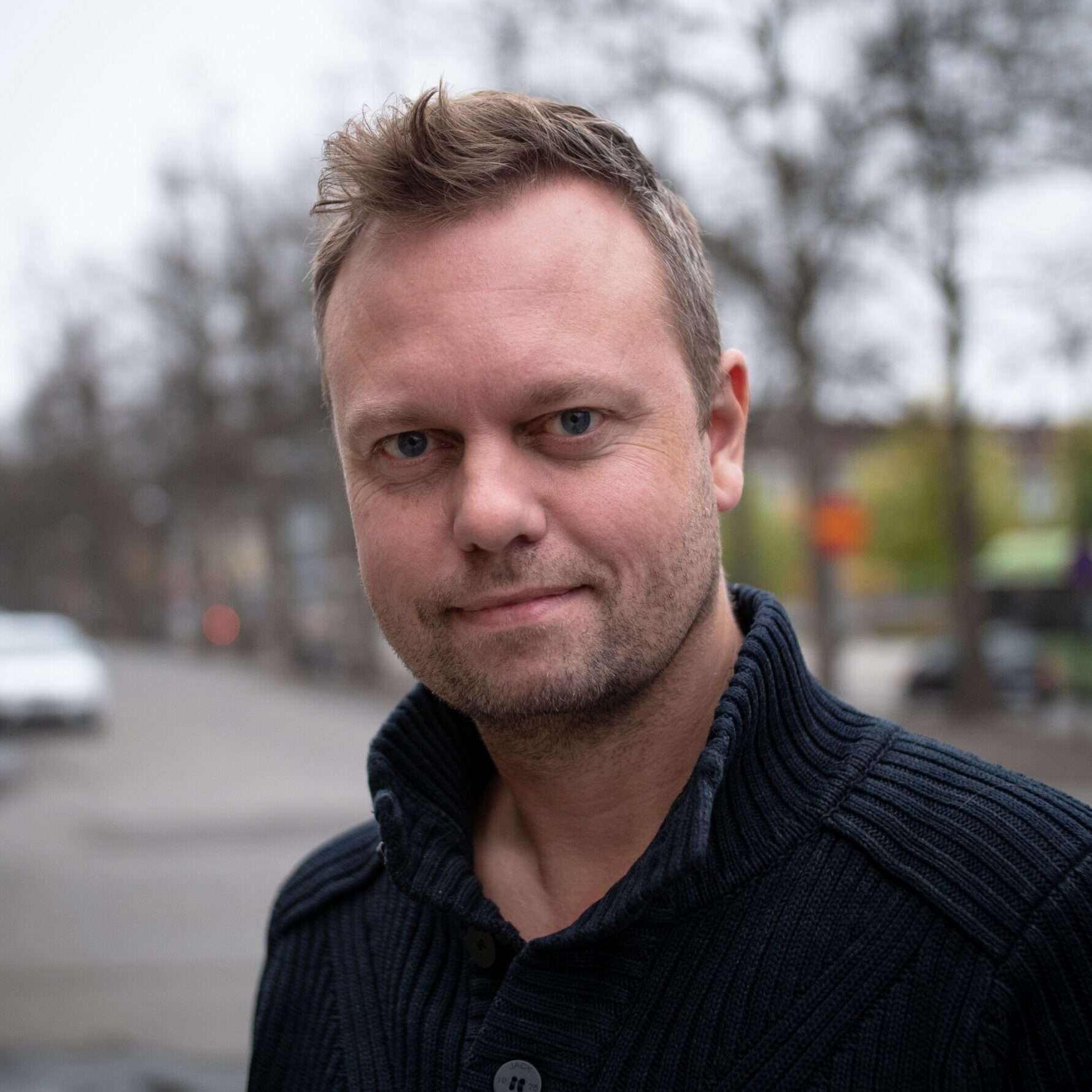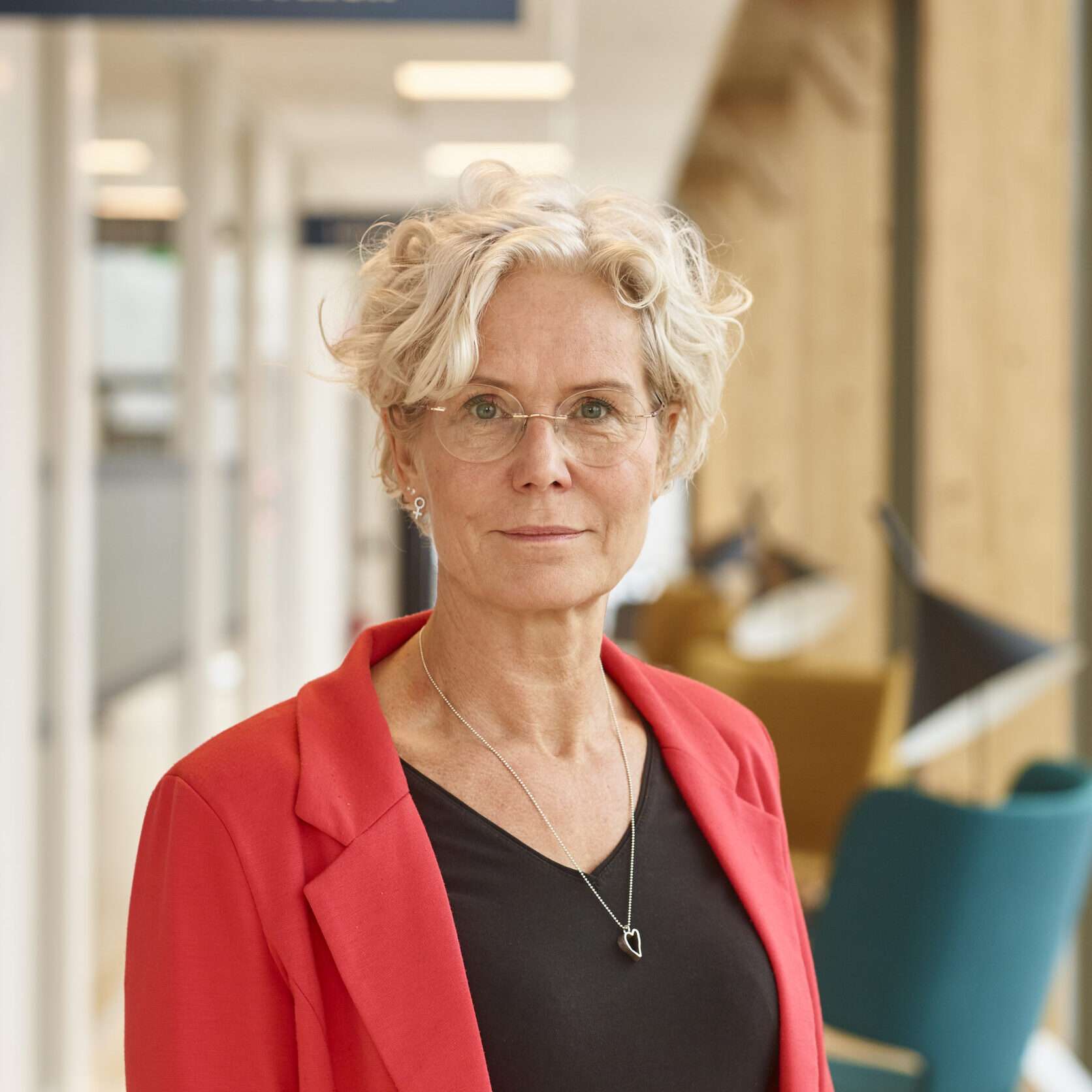Växjö municipality engages creative young people and has a strong focus on knowledge dissemination - all for the goal of becoming climate neutral and fossil fuel free!
Växjö hooks arms with Alvesta.

Växjö municipality is aiming for both fossil fuel freedom and climate neutrality by 2030. Therefore, a special focus in Växjö is on the transition to a sustainable transport system. But they are also building on investments in renewable energy, energy efficiency, urban planning, circular flows and cooperation between different actors.
A major focus of the transition in Växjö is on the transition to a sustainable transport system, but they are also working on energy-smart housing, engaging local businesses, and recycling building materials.
During the year, a special focus has been on the transition to sustainable travel, where the municipality has investigated the concept "Safe and living city", which is about how Växjö city center can become more attractive by prioritizing sustainable travel. They have also worked on a marketplace for the reuse of building materials, which can facilitate circular flows in the construction sector, and drawn up the guidelines for an external climate council with members from Linnaeus University, whose task will be to provide input on local climate work.
The municipality wants to take advantage of the wealth of ideas and drive that exists among young citizens. They do this, among other things, within the framework of "Learning for sustainable development", where experts record podcasts about various societal challenges that exist in Växjö, where young people at upper secondary school level then choose among and work with to develop creative proposals for initiatives that help to solve the challenge. The proposals are presented to a jury at Linnaeus University, which selects a few winners who get to present their solutions to politicians.
In the city's latest update, they talk about the work, the transition arena, the project portfolio and much more.


Henrik Johansson, process manager for Climate Neutral Växjö 2030, henrik.johansson@vaxjo.se

Växjö highlights two initiatives that they believe could be of particular interest to other municipalities to spy and apply. Contact the process leader to spy and apply.
Climate City Contract 2030 is a collective effort to achieve the climate transition that we need to implement in a short time to keep global warming below 1.5 degrees. It is an agreement between municipalities, government agencies and Viable Cities where all parties undertake to make a concrete contribution to increasing the pace of climate change.

To achieve deep change, we need to move from fragmented projects to an ecosystem of efforts that all pull in the same direction. Cities are doing this together with Viable Cities, funders government agencies and other partners, in different constellations and with different objectives. It is about moving beyond dealing with symptoms and instead focusing on underlying problems in our social structure. Here you will find the initiatives and studies within the city that have been granted funding under Viable Cities.

Gävle is part of the NetZeroCities 112 Mission Cities, selected since 2022 to pioneer the EU Cities Mission.